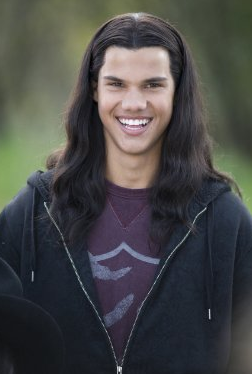These historic advertisements were developed through comprehensive research and testing conducted in several American Indian and Alaska Native communities. The focus group testing and research was conducted on Indian lands in Alaska, Arizona, New Mexico and South Dakota over a period of several months. The testing and research was conducted with help from the Native Wellness Institute (NWI). This report contains valuable information on Indian Country’s awareness about meth broken down by age-groups. In addition, NCAI’s Meth Tribal Task Force provided critical feedback that influenced the direction and message of the ad campaign. We are thankful for all the input from Indian Country that has shaped these advertisements.
Ad Contents
There are two categories of advertisements for the campaign: radio ads and print ads. Separate ads were developed for youth as well as others focused on adults. Based on the research, youth wanted to hear a positive message of what empowering alternatives they could do instead of meth. The adult ads are designed to provide guidance and recommendations for parents and those who deal with children. The message from Indian Country was clear, that there is a need for positive, empowering ads that provide direction for people in this fight.
Print Advertisements and Posters
Please download and share the print advertisements and posters. These PDFs are large downloads, so please be patient.
Fishing
Just Like Winter
Rezball
Two Worlds: Female
Two Worlds: Male
The slogan for the campaign is, "There are lots of cool things about being Native. Meth isn't one of them." Simple but effective?
I'm glad to see the NCAI is putting so much time and energy into battling the scourge of meth. There's been enough talk about it; now people are finally acting.
I'm also glad to see the NCAI did a lot of research and focus groups to determine what would work. Sometimes when you see an ad you wonder, "Who thought up this 'bright' idea and did they really think it would work?"
And yet...I wonder the same thing about these ads. I can see the radio ads reaching their intended audience if they're played on popular youth-oriented programs. But print ads for tribal newspapers? Because Indian youngsters are often inspired by what they read in the news while eating a well-balanced breakfast? Somehow I'm having trouble seeing that.
I wonder what alternatives the NCAI considered and why it didn't go with them. How about an anti-meth comic book distributed free to every Native teenager in the country? How about a viral video campaign waged through YouTube? How about a contest of some sort with prizes for the winners? (Something that would require kids to participate in an "empowering alternative" to meth. For instance, each contest entry would require reading a chapter of a book and having a teacher certify that you read it. The more chapters you read, the more times you could enter the contest and win.)
Why not celebrities?
How about a campaign involving Native celebrities endorsing alternative activities? This is where your Native role models could earn their role-model status. Wouldn't it be powerful to see Sam Bradford, Jana, Douglas Miles, Caitlin Baker, and Garrett Yazzie along with various rappers, musicians, artists, comedians, actors, and other performers? Basically, whoever today's youngsters would look up to and respect for their accomplishments?
I'd especially like to suggest the popular Native stars of such popular entertainment vehicles as Twilight, Avatar: The Last Airbender, and The Lone Ranger and Tonto. Oh, but wait a sec. There aren't any popular Native stars in these popular entertainment vehicles. Oops.
Native youths are taking meth precisely because they don't see any alternatives in their lives. Alternatives such as being a newscaster, a country music singer, a fashion designer, an entrepreneur, or a movie star. When you're invisible in the world--the world as seen through the media--you start believing there are no good alternatives. You start thinking about giving up, going bad, and taking drugs to get through the day.
Almost every aspect of American culture contributes to this invisibility problem. Which is why I praise books, TV shows, movies, and so forth whenever they include real Indians. And why I pan them when they don't.
Yes, producers of Twilight, Avatar: The Last Airbender, and The Lone Ranger and Tonto, I'm talking about you. You're partly responsible for causing Natives to turn to meth. You could've encouraged them by including them, but instead you discouraged them by excluding them. Think about that the next time you cast a movie or TV show.
For more on the subject, see Anti-Meth Ad Campaign.
Below: "I'm a Native movie star and you aren't, so you might as well give up and get high."


No comments:
Post a Comment